Rhinoplasty

Hump Nose
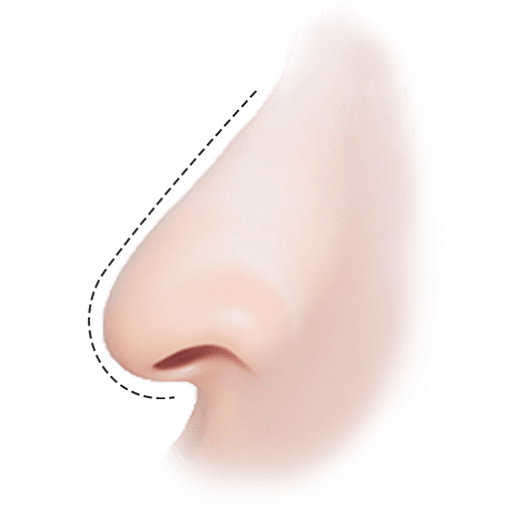
Long Nose
(Hooked Nose)
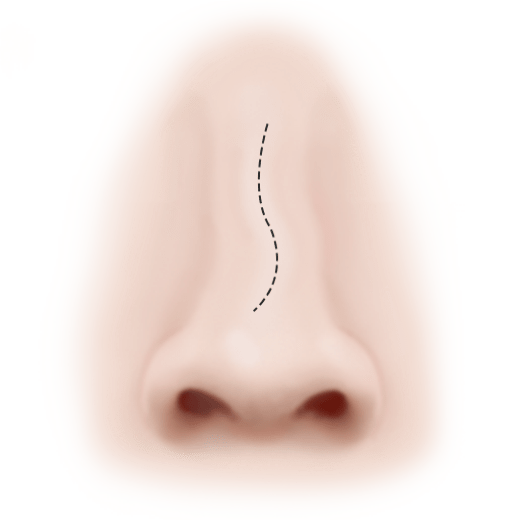
Crooked Nose
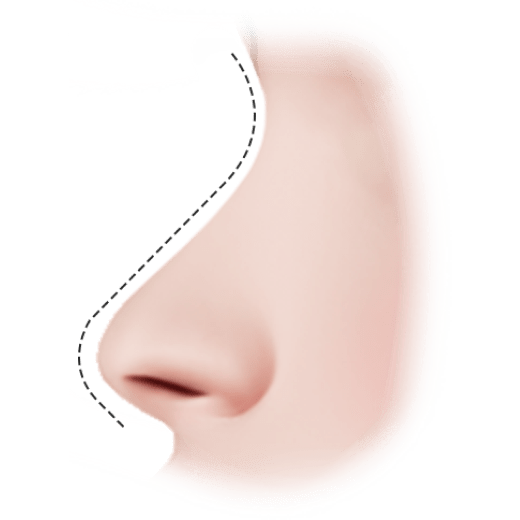
Flat Nose

Bulbous Nose
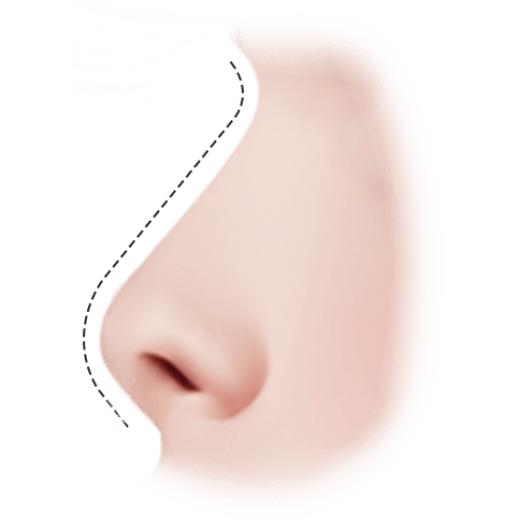
Short Nose,
Upturned Nose
Nose Types and Rhinoplasty
greatly affects one’s impression even with subtle changes,
so surgical methods should be tailored to each individual’s facial structure and nose type.
At 345 Plastic Surgery, we specialize in creating well-balanced,
three-dimensional, and aesthetically pleasing noses by studying the ideal height and shape in harmony with the face.
Rhinoplasty
Nose Types
Facial Harmony
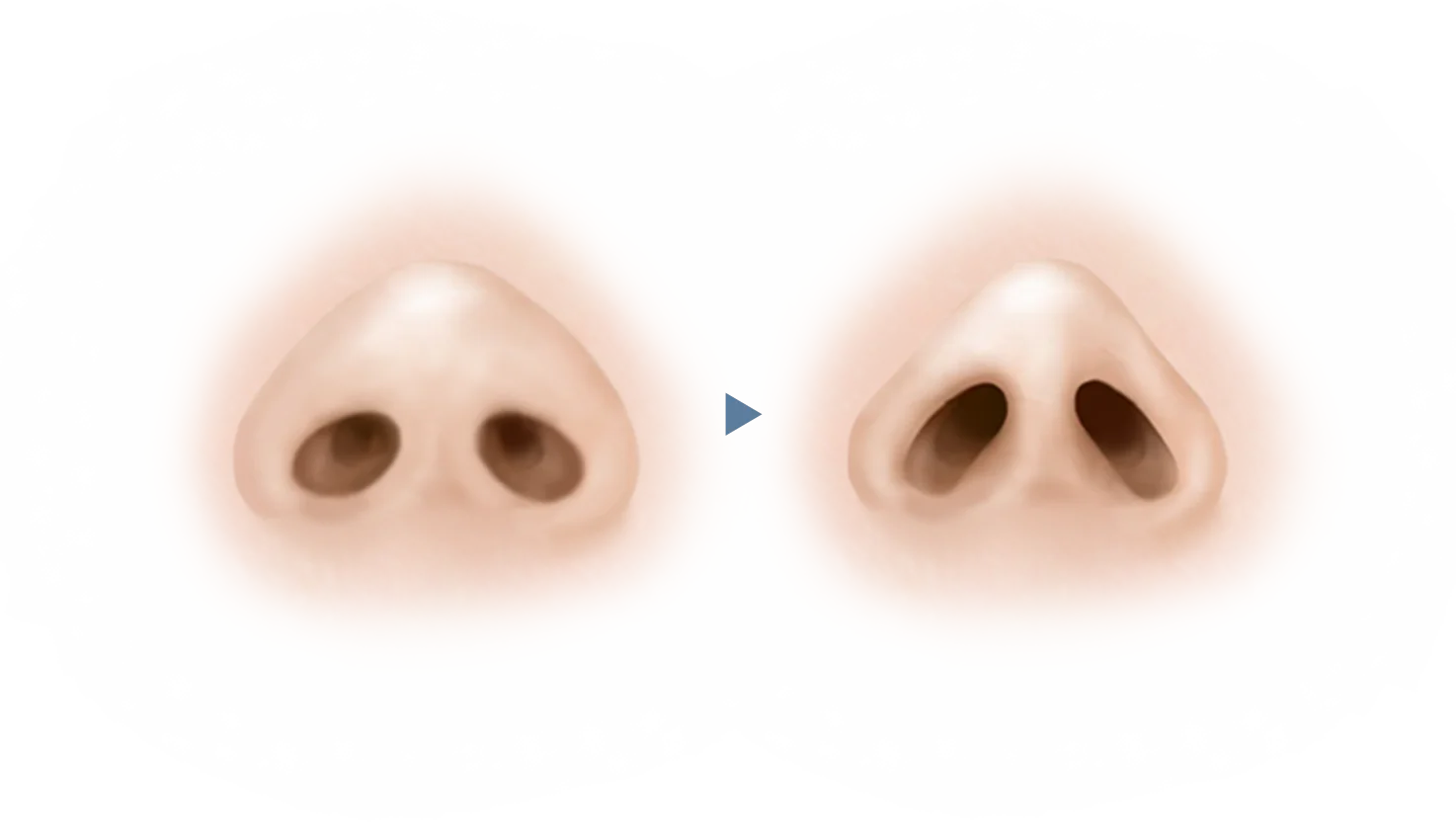
Bulbous Nose Rhinoplasty
for a Slim and Defined Nose
At 345 Plastic Surgery, we consider nasal width, tip and skin thickness, and nasal bridge shape comprehensively to create a naturally balanced nose.
First, Accurate Diagnosis
Precise diagnosis based on the condition and width of the alar cartilage and skin thickness
Second, Ideal Nose Line
A slimmer nasal tip and bridge create a naturally balanced and ideal nasal line
Nose Type 02
Bulbous Nose Rhinoplasty
A bulbous nasal tip appears when it is wider and lower than the nasal bridge. Correction involves gathering the cartilage, removing unnecessary soft tissue, and elevating the tip. We comprehensively consider nasal base width, tip structure, and soft tissues to refine the nasal tip for a sharp and balanced look.
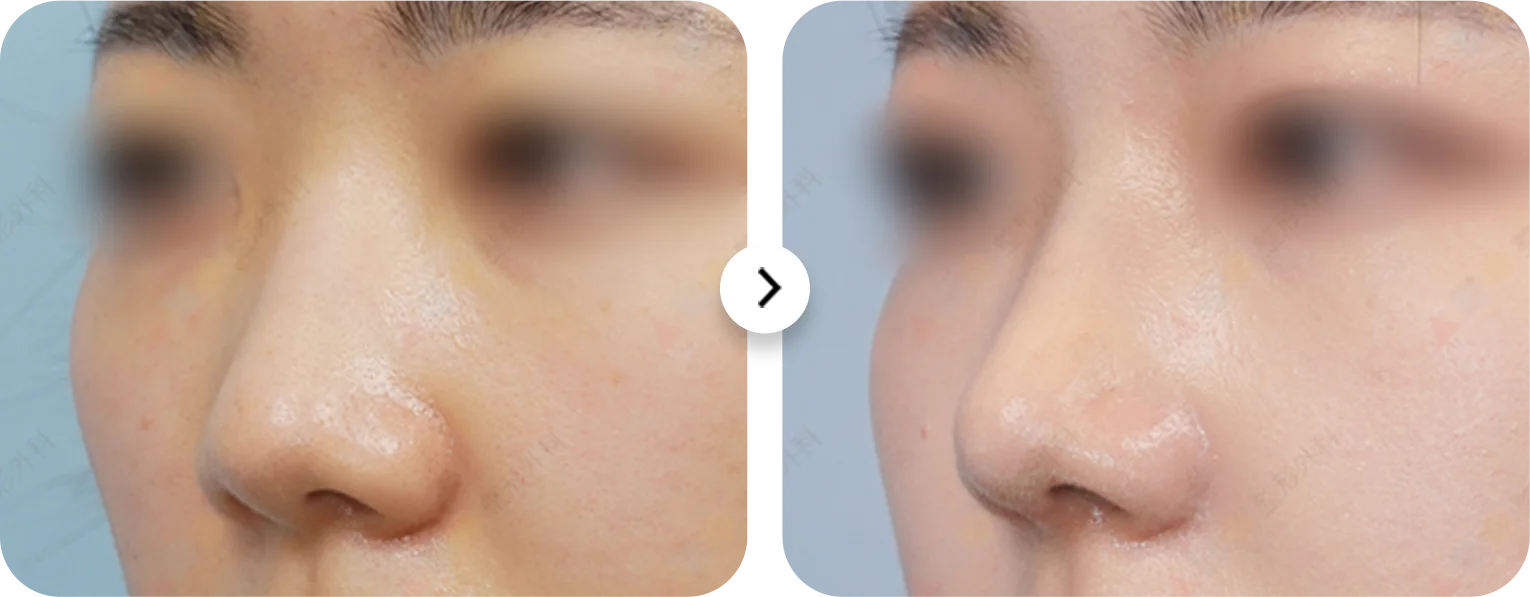
345 Youtube
Watch the Video on
Nose Types and Rhinoplasty
Dr. Song Insu, a rhinoplasty specialist, explains techniques and precautions for nasal surgery.
345 YouTubeNose Plastic Surgery Process
Bulbous Nose Rhinoplasty Process
at 345 Plastic Surgery
by tailoring the surgical method to the cause of the bulbous nose.
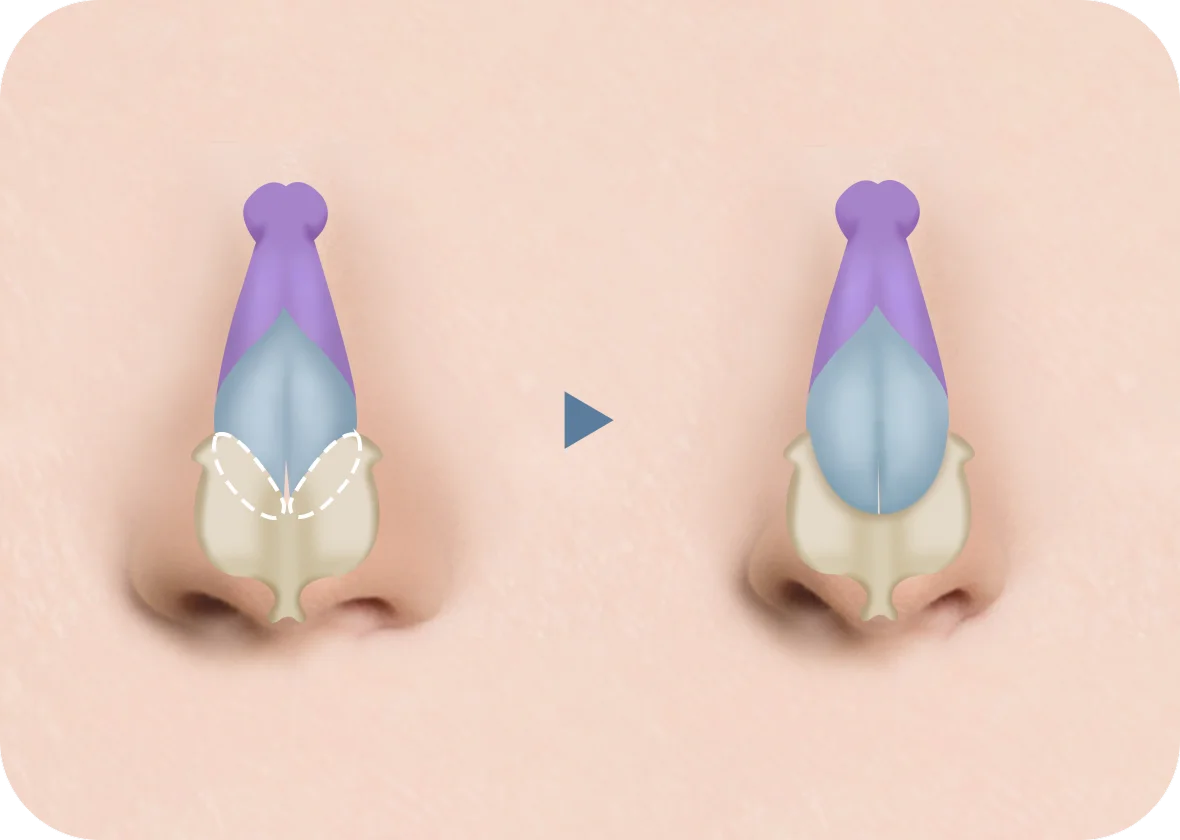
Developed Alar Cartilage
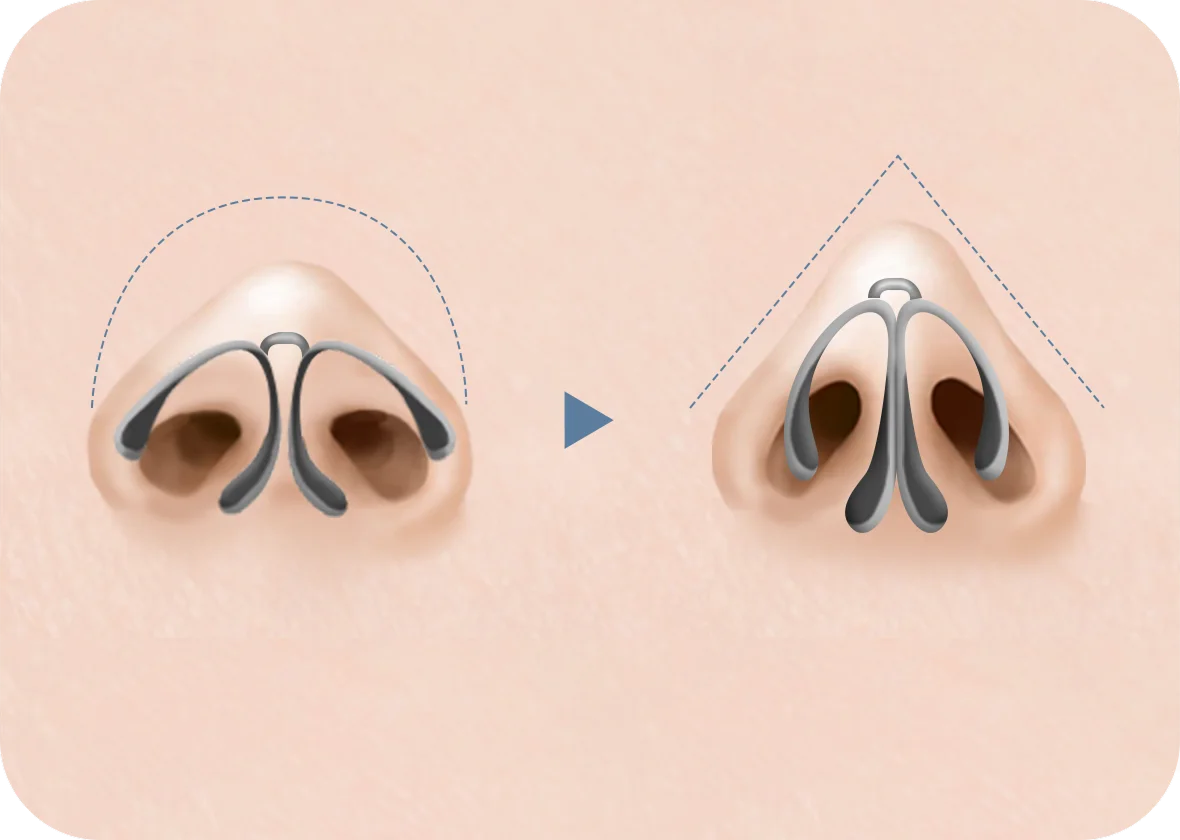
Laterally Spread Alar Cartilage
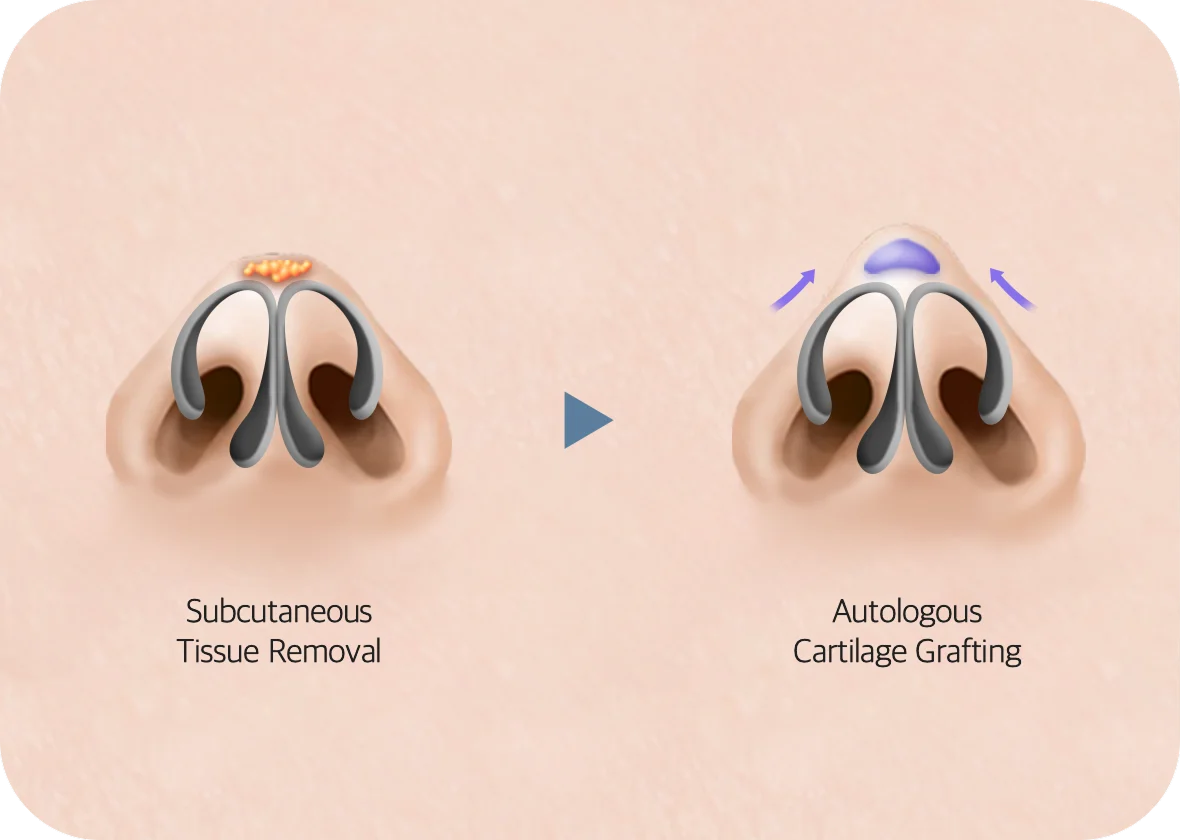
Thick Skin and
Excess Subcutaneous Tissue
Nose Plastic Surgery info
Quick Overview of
Bulbous Nose Rhinoplasty
At 345 Plastic Surgery, bulbous nose surgery is performed to create a natural and harmonious nasal line tailored to your facial balance.

Surgery Time
1 hour 30 minutes – 2 hours

Anesthesia
Sedation
Hospital Stay
Same-day discharge
Follow-Up Visits
3 visits
Recovery
1 week
Recommended target
Recommended for
these individuals
Are you concerned about surgery?
Feel free to inquire!
01
First, Large Nose
For those whose nose appears large overall
02
Second, Bulbous Nose
For those with a low and bulbous nasal tip
03
Third, Wide and Flat Nose
For those with wide nasal base and flat nasal tip
04
Fourth, Thick Skin
For those with thick skin and fatty tissues on the nasal base
Frequently Asked Questions
About Rhinoplasty
Is implant-free revision surgery possible for contracted nose cases?
Contracture is often caused by inflammation from implants like silicone or Gore-Tex. In revision surgery, it is recommended to avoid reusing implants. If contracture is implant-related, the standard is to remove the implant and perform the surgery without it.
Is implant-free rhinoplasty possible for everyone?
Whether or not to use an implant is a matter of choice. However, there may be limitations to how much the nasal bridge can be raised without an implant, which will be explained during consultation. If the nasal bridge is of average height, enhancing the nasal tip can make the nose stand out, making implant-free rhinoplasty a viable option.
Why does nasal tip drooping occur after rhinoplasty?
Since the implant is supported by the underlying bone, collapse of the nasal bridge is rare. However, if the nasal tip is lower than the bridge, it may appear as tip drooping. If the patient is prone to tip drooping, adjusting the bridge height or using supportive materials can minimize the risk. However, due to the constant pull of gravity, tip drooping may occur over 10 to 20 years as ligaments and surrounding tissues loosen with aging. Even without surgery, the nose naturally droops over time due to aging.